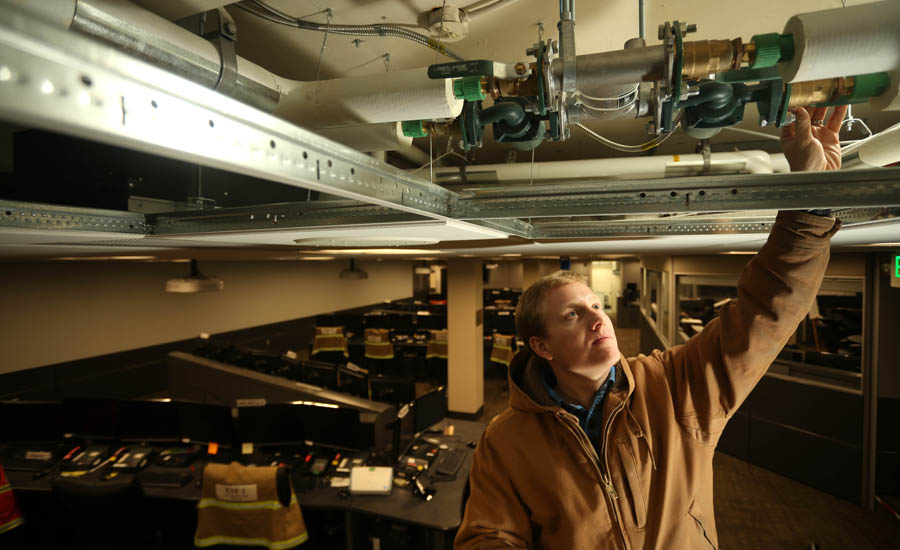For residential heating, one of the most noticeable movements we’re seeing is the fine-tuning of hydronic systems for precise temperature control — whether for residential heat or commercial radiant cooling. The technology behind the trend is the use of zone mixing valves — specifically the iSeries Mixing Valves (aka “iValve”) —for load reset.
For the ultimate in heating comfort
Originally designed with radiant heating systems in mind more than a decade ago to help lower the high temperature coming from high mass boilers, these valves eliminated the fixed water temperature going to radiant floors, and the “flywheel effect” in air temperature that happens so often.
New modulating/condensing, low-mass boilers typically modulate at 5:1 or 10:1 ratios by varying their firing rate based exclusively on an outdoor reset control tied to ambient (outdoor) temperatures. This improves efficiency and comfort, but it’s often not enough to provide precise comfort control.
iValves are now seen to be ideal for use with low-mass, mod-con boiler systems. They’re perfectly suited to vary temperature distributed to low-temp zones, such as radiant floors; or for hi-temp distribution, such as with baseboards.
Typical residential systems might have four or five heating zones. iValves vary — or “modulate” — temperature based on load reset. It’s an important distinction. With one to three iValves in place to control low or high temp system heat distribution, the level of control for hydronic systems is greatly improved — way beyond 5:1 or 10:1 turndown ratios.
The mixing valves have a microprocessor to regulate and easily vary hydronic system water temperatures, and are available in a three-way union configuration.
The valves are designed to fine-tune indoor comfort by varying water temperature to specific interior spaces. If an installation includes spaces with high solar gain or areas that lose heat quickly, the valves automatically provide warmer or cooler supply temperatures.
With an adjustable reset ratio and maximum and minimum water temperatures, iValves can also be used for remote injection loops. Union connections makes for an easy change-out of any thermostatic mixing valve.
The iSeries-S offers a more precise alternative to the use of a thermostatic mixing valve for temperature control to a heating system. A direct drive microprocessor-based actuator allows the user to dial-in a specific temperature — from 80° F to 180° F — then modulates a two-way, three-way or four-way valve to inject different rates of hot water to achieve a specific temperature at the supply water sensor.
More “Ahhhh” in radiant cooling
For commercial radiant cooling and chilled beam applications, the same trend is prominent; it involves the demand for precise control of hydronic cooling. Radiant cooling systems are piped similarly to radiant heating, though they are typically installed in ceiling spaces, and are designed to wick away heat during the summer months. Hydronic chilled beam systems circulate chilled water through tubing embedded in a metal ceiling fixture to serve the same purpose — to attract and remove heat.
What makes this technology so interesting is its broad applicability for commercial structures. Key advantages include the conservation of interior real estate and water, which is the main transporter of thermal energy, and is much denser than air.
Injection mixing systems
Although radiant cooling and chilled beams reduce fan electrical energy demand and consumption up to 10 times from an all-air HVAC system, the pump energy demand doubles. Taco’s LOFlo injection mixing system (or “mixing block”) accomplishes this. It reduces the electrical energy demand of an all air system by almost 30% or more, thus reducing the transport energy to only 20% of the total HVAC system.




